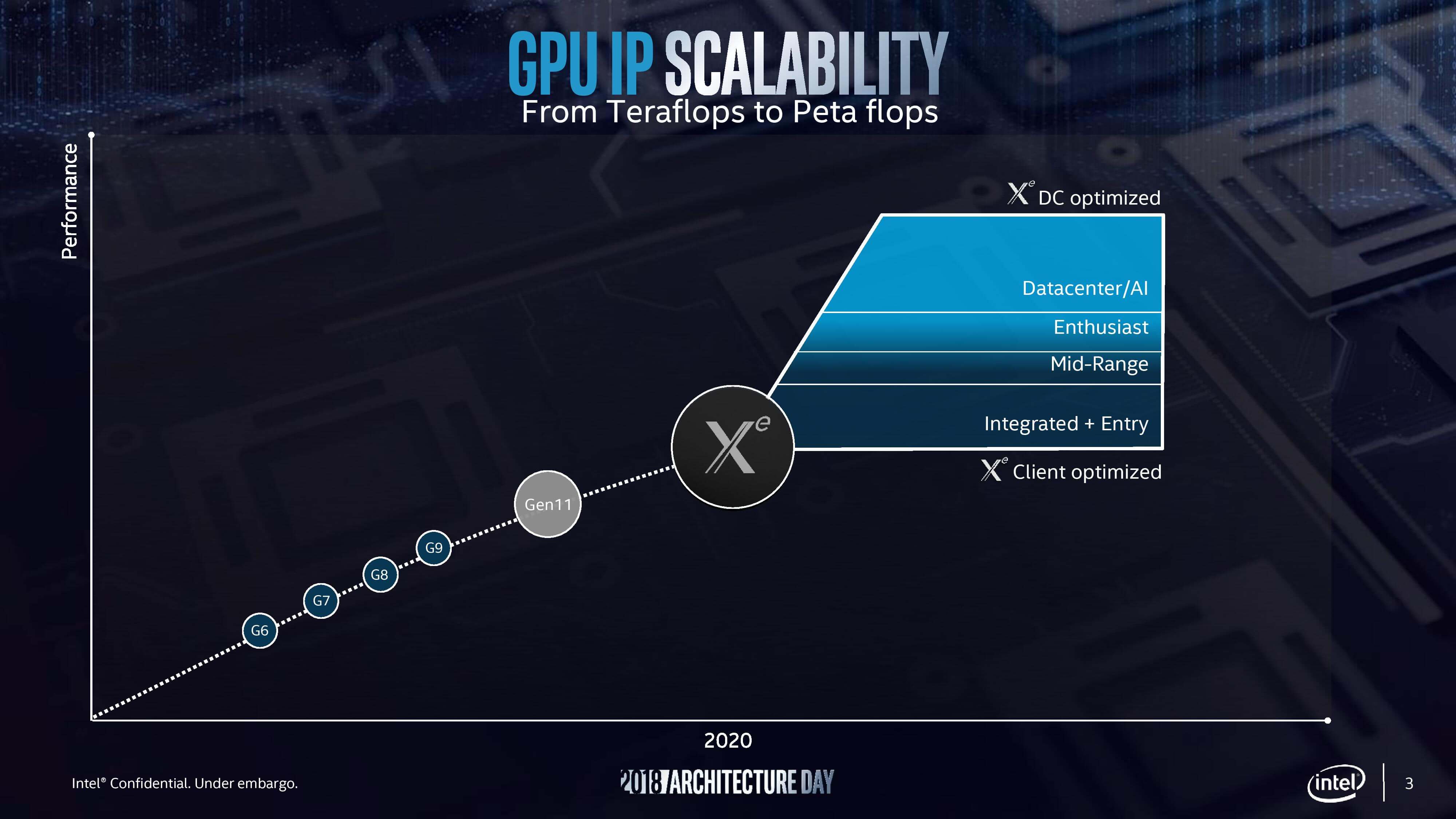
- #Amd linked discrete graphics card how to
- #Amd linked discrete graphics card install
- #Amd linked discrete graphics card drivers
- #Amd linked discrete graphics card driver
- #Amd linked discrete graphics card full
#Amd linked discrete graphics card how to
The steps below explain how to access the GPU Workload option.
#Amd linked discrete graphics card driver
Please refer to the driver release notes for information on supported GPUs. This option is available on supported graphics cards using AMD Radeon Crimson Relive Edition 17.10.2 and later. More information on Blockchain Compute technology can be found online. Switching to Compute Workload should provide better performance with Blockchain Compute applications. This command is not persistent and will need to be run after each boot.AMD Radeon Settings now allows the GPU to be optimized for Graphics or Compute Workloads. Once in integrated mode, to power down the discrete graphics card run system76-power graphics power off.
#Amd linked discrete graphics card install
To make use of it, install system76-power AUR, enable rvice, and run system76-power graphics hybrid.įirst ensure you are using integrated graphics mode by running system76-power grahics integrated and rebooting. Some System76 laptops (like the Oryx Pro) have their own unique hybrid graphics option. In LightDM, for instance, the display-setup-script seat configuration parameter could be used to execute a script as root that disables the GPU. In such cases, it may be better to disable the GPU after X server initialization, which is possible with some display managers. On some systems, turning off the discrete GPU before the X server is initialized may hang the system. Obviously, replace the \_SB._OFF with the one which works on your system (please note that you need to escape the backslash). What it does is write the specific OFF signal to the /proc/acpi/call file. The configuration above will be loaded at boot by systemd. To turn off the GPU at boot it is possible to use systemd-tmpfiles. etc/modules-load.d/acpi_nf #Load 'acpi_call.ko' at boot. To get around this, load the module at boot: Turning off the GPU automaticallyĬurrently, the chip will turn back on with the next reboot. Tip: If you are experiencing trouble hibernating or suspending the system after disabling the GPU, try to enable it again by sending the corresponding acpi_call. To confirm this, your battery time remaining should have increased. See the "works"? This means the script found a bus which your GPU sits on and it has now turned off the chip. # /usr/share/acpi_call/examples/turn_off_gpu.sh Trying \_SB._OFF: failed You will get an output similar to the following: The script will go through all the known data buses and attempt to turn them off. With the kernel module loaded, execute the script at /usr/share/acpi_call/examples/turn_off_gpu.sh

Tip: For kernels not in the Official repositories, the acpi_call-dkms is an alternative. With an NVIDIA GPU, this can be more safely done using bbswitch, which consists of a kernel package that automatically issues the correct ACPI calls to disable the discrete GPU when not needed, or automatically at boot. Reboot and run lspci to see if your NVIDIA GPU is still listed. etc/udev/rules.d/les # Remove NVIDIA USB xHCI Host Controller devices, if presentĪCTION="add", SUBSYSTEM="pci", ATTR="1"
#Amd linked discrete graphics card drivers
Some laptop manufacturers provide a toggle in the BIOS or UEFI to fully deactivate the dedicated card.Įnsure any display manager config for NVIDIA is removed.īlacklist the nouveau drivers by creating You may want to turn off the high-performance graphics processor to save battery power. Read PRIME for basically everything else (like AMD or NVIDIA GPUs with the nouveau driver). Note: Read NVIDIA Optimus and Bumblebee for details about NVIDIA using hybrid graphics with NVIDIA’s proprietary driver. This hierarchical system has been designed to be used in most of cases on a single graphic card. Finally, a few other softwares are launched, first a login manager and then a window manager, and so on. Most of the Linux distributions then use X.org to create a graphical environment. In most cases there is no way to use only the dedicated card and all the switching and rendering is controlled by software.Īt startup, the Linux kernel starts using a video mode and setting up low-level graphic drivers which will be used by the applications. The integrated card is always on and the dedicated card is switched on/off when there is a need in power-save or performance-rendering.

Most of the new Hybrid-graphics technologies involve two graphic cards : the dedicated and integrated cards are plugged to a framebuffer and there is no hardware multiplexer.
#Amd linked discrete graphics card full
Previous hybrid graphics solutions involved either a reboot for the crudest or a full graphical stack restart which needed a re-log for taking effect. Note: Unless your setup is from before 2010, it likely is using a dynamic switching model.


 0 kommentar(er)
0 kommentar(er)
